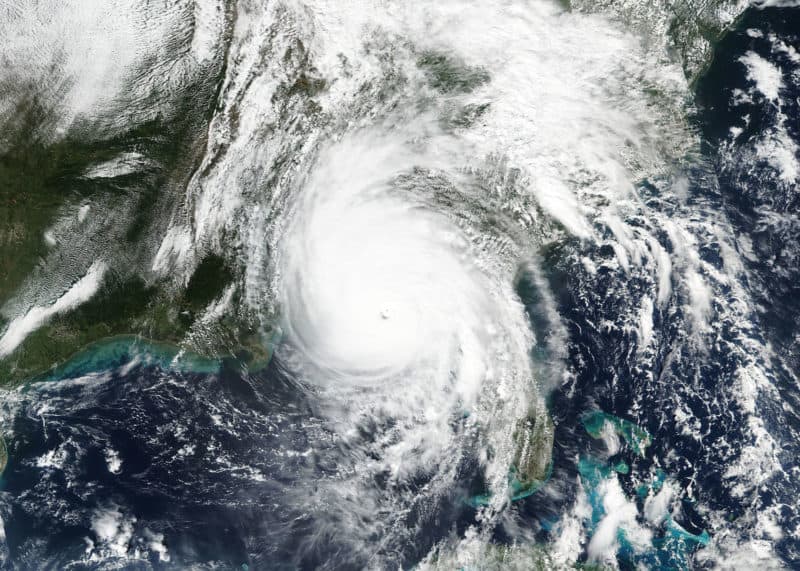Ensuring a tolerable climate future, one that reduces warming while considering the costs, requires immediate global action, according to an international team of scientists.
“The study analyzes climate change as a multi-objective problem,” said Klaus Keller, professor of geosciences and an associate in the Earth and Environmental Systems Institute at Penn State. “Considering only a goal of tolerable temperature changes misses important aspects. One also needs to consider goals such as tolerable costs and impacts.”
The researchers, who reported their findings in the journal Nature Climate Change, used a popular climate-economy assessment model as a starting point. They improved the representations of the climate system and uncertainties — such as population growth, the cost of carbon-free technologies, and the climate’s sensitivity to greenhouse gas emissions — and examined 5.2 million future samples from these uncertainties.
The team defined ‘tolerable’ as a world where global mean warming at the end of the century is limited to 2 degrees Celsius (3.6 degrees Fahrenheit); present value carbon abatement costs, or the costs to reduce carbon emissions, are below three percent of the gross world product; and present value climate damages are below two percent of the gross world product. These targets are consistent with climate-economic outcomes recommended by experts. The researchers found their conclusions remained consistent over a broad set of alternative definitions of tolerable.
The researchers identified a narrow window that results in tolerable outcomes. However, staying within this window requires immediate action to make the energy system carbon neutral within a few decades.
“We know that emitting carbon dioxide causes problems down the line,” Keller said. “Even if we drop to zero carbon dioxide emissions tomorrow, which is impossible, we still have a sizable risk of bad outcomes.”
Keller provided one example of a bad possible outcome of a warming climate: ice sheet disintegration. Reducing the risks of an ice sheet disintegration is a main motivation for the 2-degrees-Celsius goal.
Achieving a tolerable future is a gamble that depends on how sensitive the climate is to carbon dioxide emissions, said Jonathan Lamontagne, professor of civil and environmental engineering at Tufts University.
“Uncertainty is not an excuse for inaction,” Keller said. “In this case, inaction translates into taking a deeply uncertain gamble with potentially poor outcomes. Action in this case is similar to buying insurance.”
Although humans cannot control climate sensitivity, they can control the rate of carbon abatement, the scientists wrote in the study. They also noted that at the beginning of the next century, the actions taken now to reduce carbon emissions will control the amount of warming experienced. Plausible ways to reduce emissions include choosing fossil fuels with a low carbon intensity, increasing the use of renewable energy resources, and developing carbon capture technologies.
“Our actions today play a large role in determining the climate experienced by future generations,” Lamontagne said.
Limiting warming is not a question of whether humans have the ability to do so but whether they choose to do so, according to the scientists.
“This is a scientific study,” Keller said. “It does not prescribe actions. Rather, this study maps how our collective actions, or the lack thereof, lead to future outcomes that may or may not be acceptable or preferable.”
Other researchers involved in the project include Patrick Reed, Cornell University; Giacomo Marangoni, Politecnico di Milano, Milan, Italy; and Gregory Garner, Rutgers University.
The Penn State Center for Climate Risk Management and the National Science Foundation through the Network for Sustainable Climate Risk Management funded this research.


